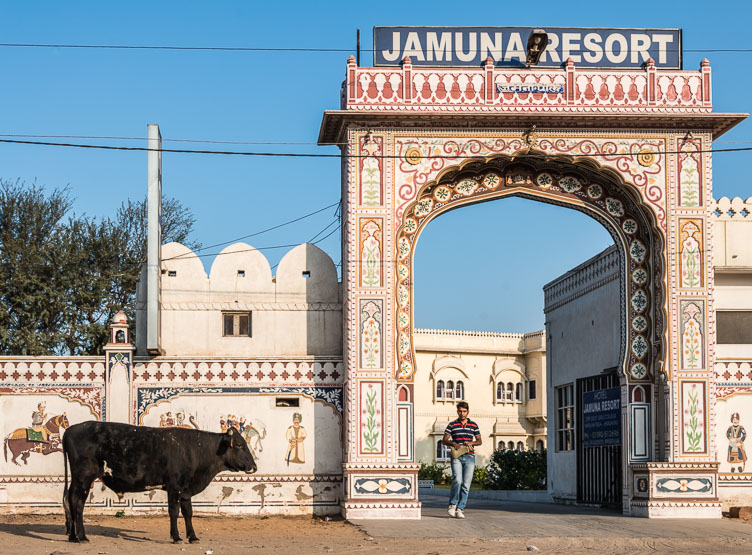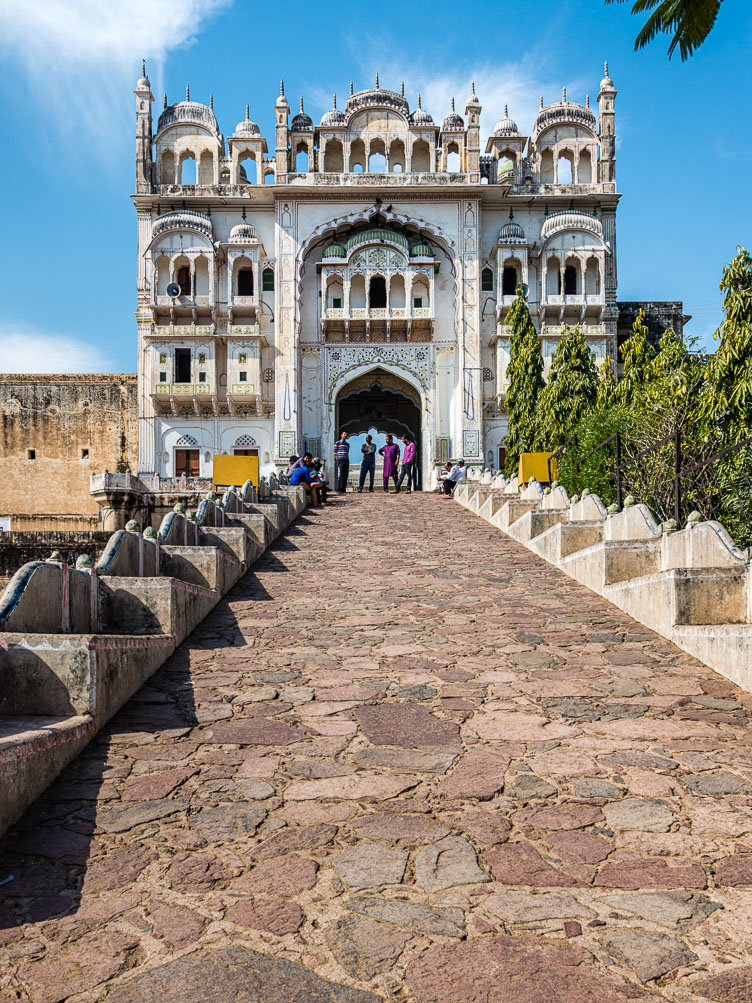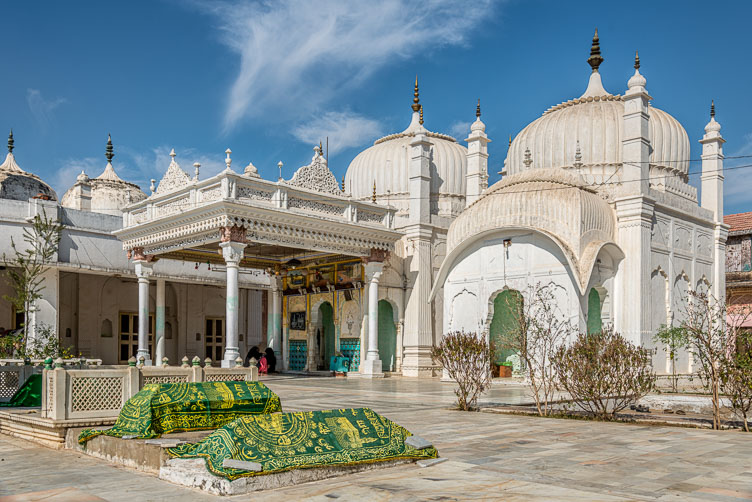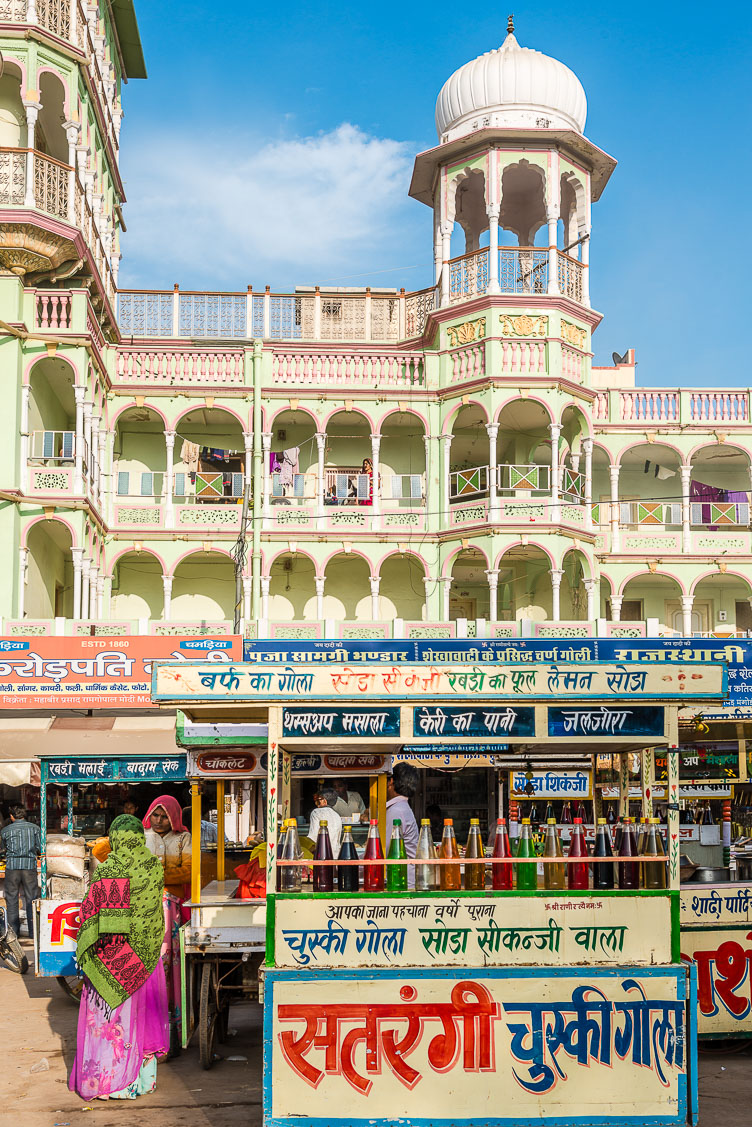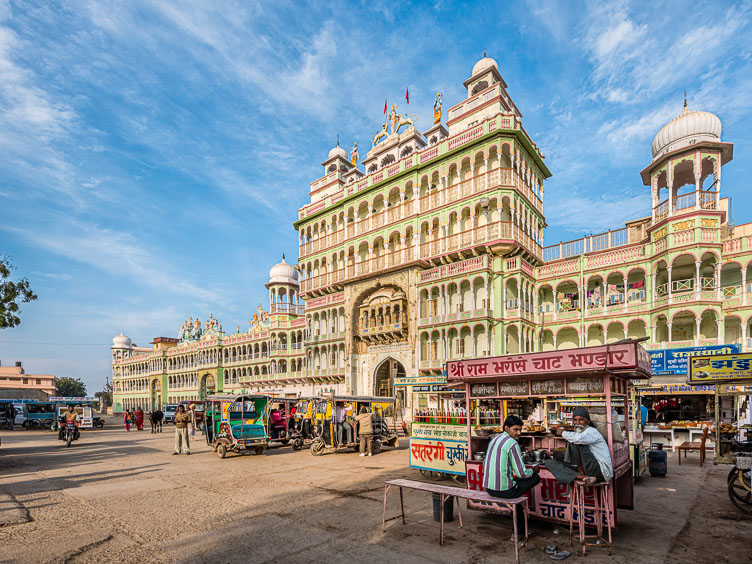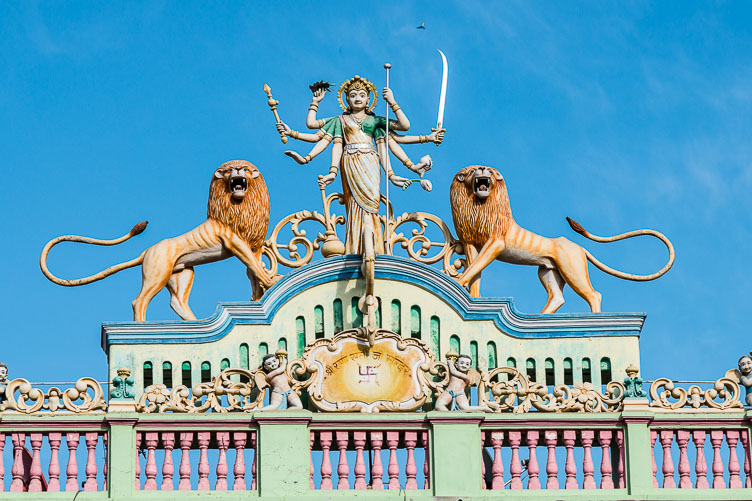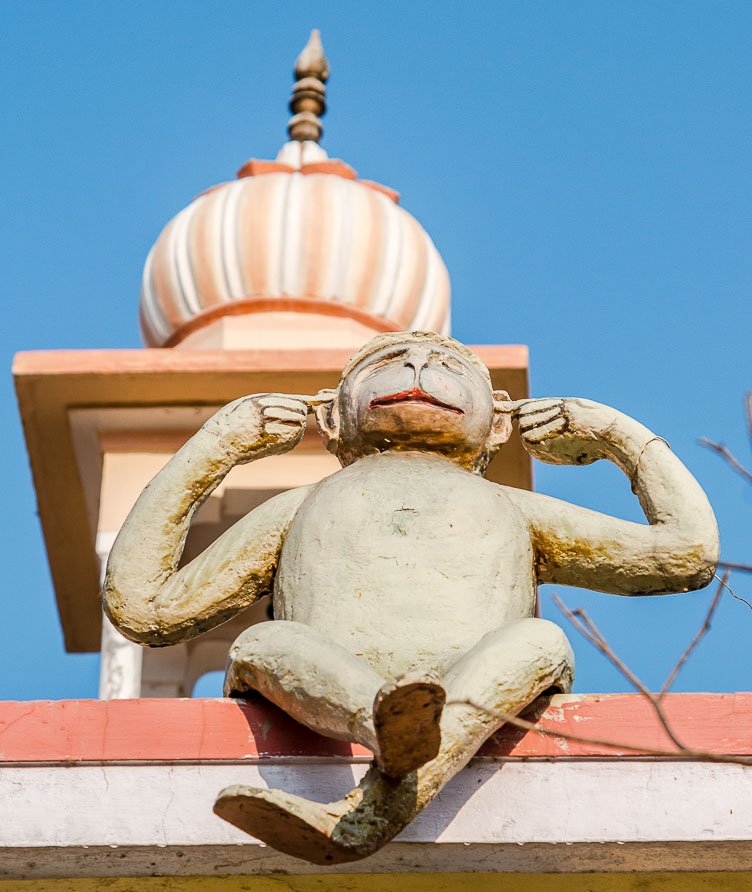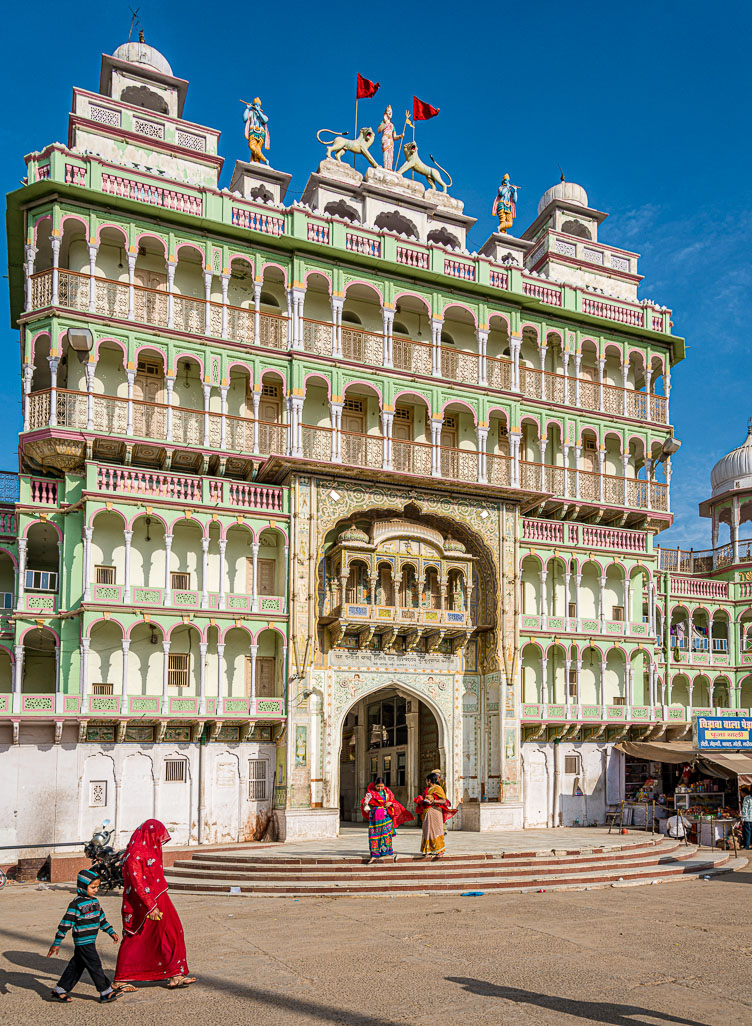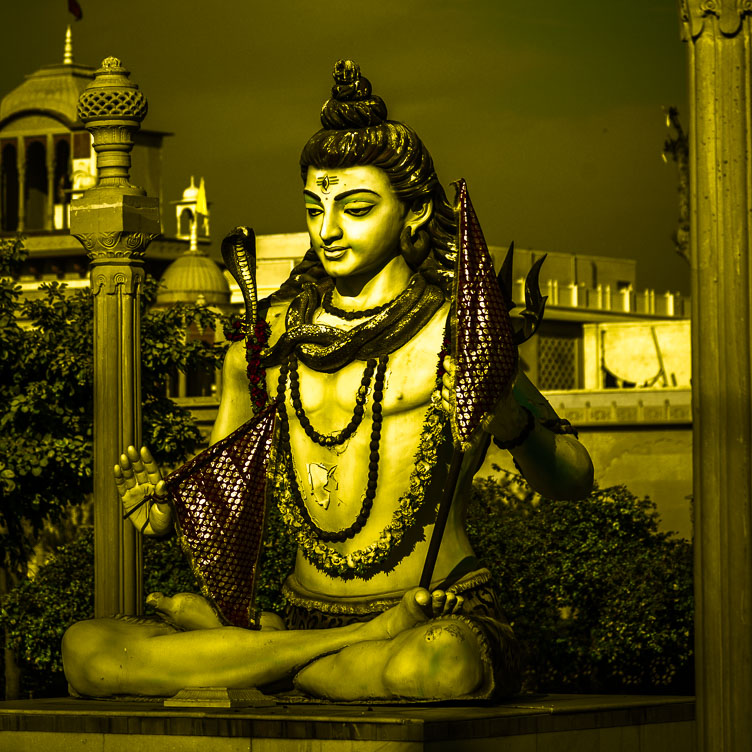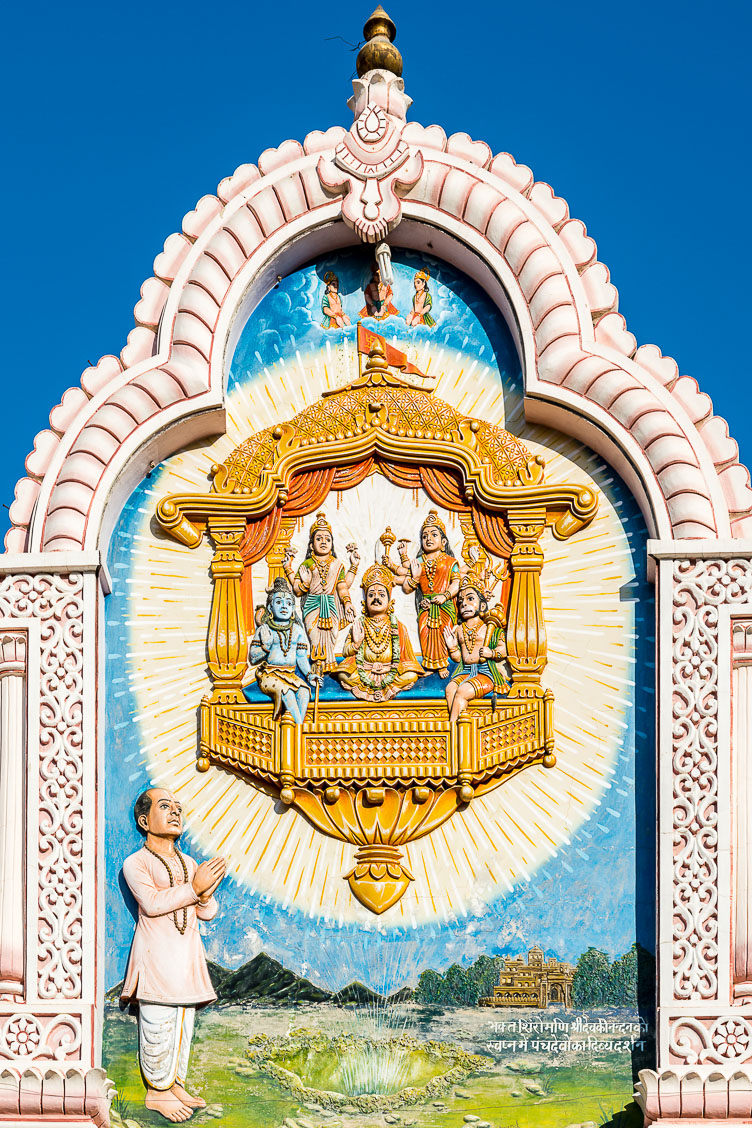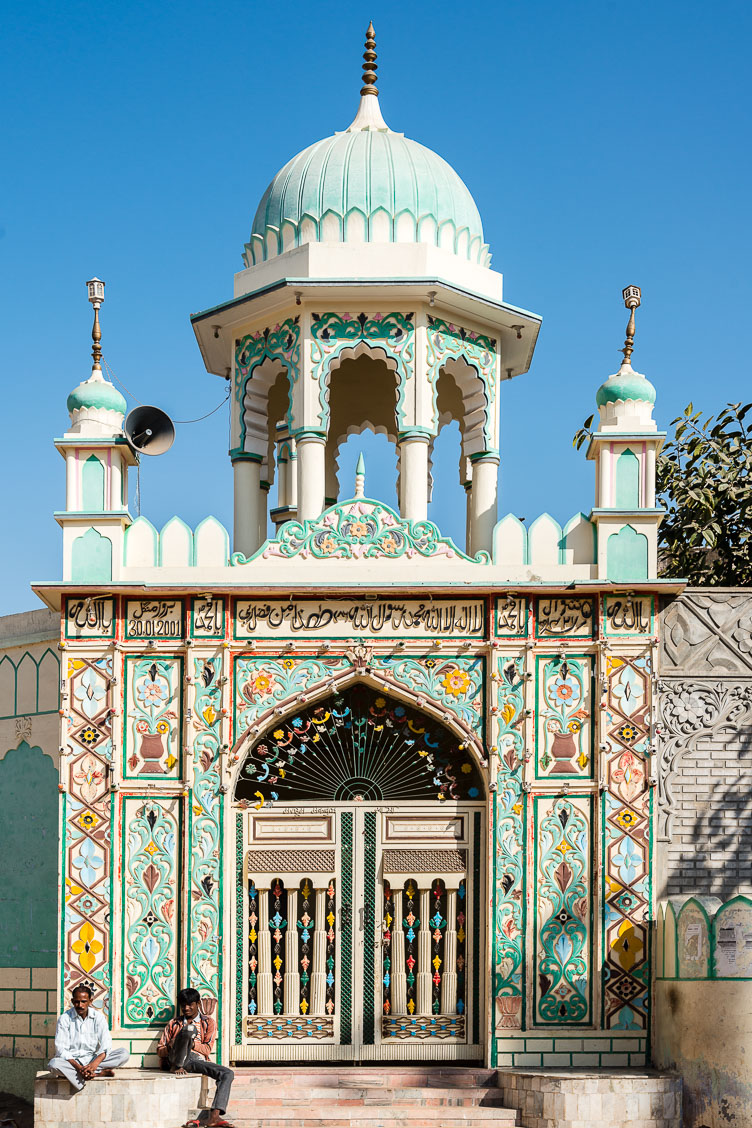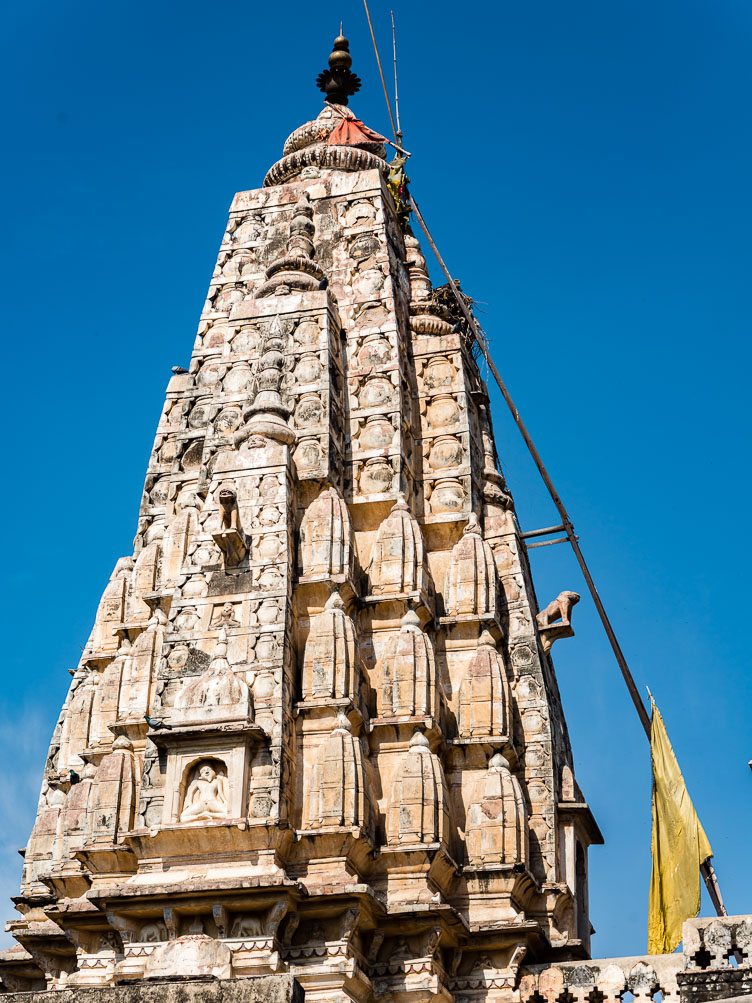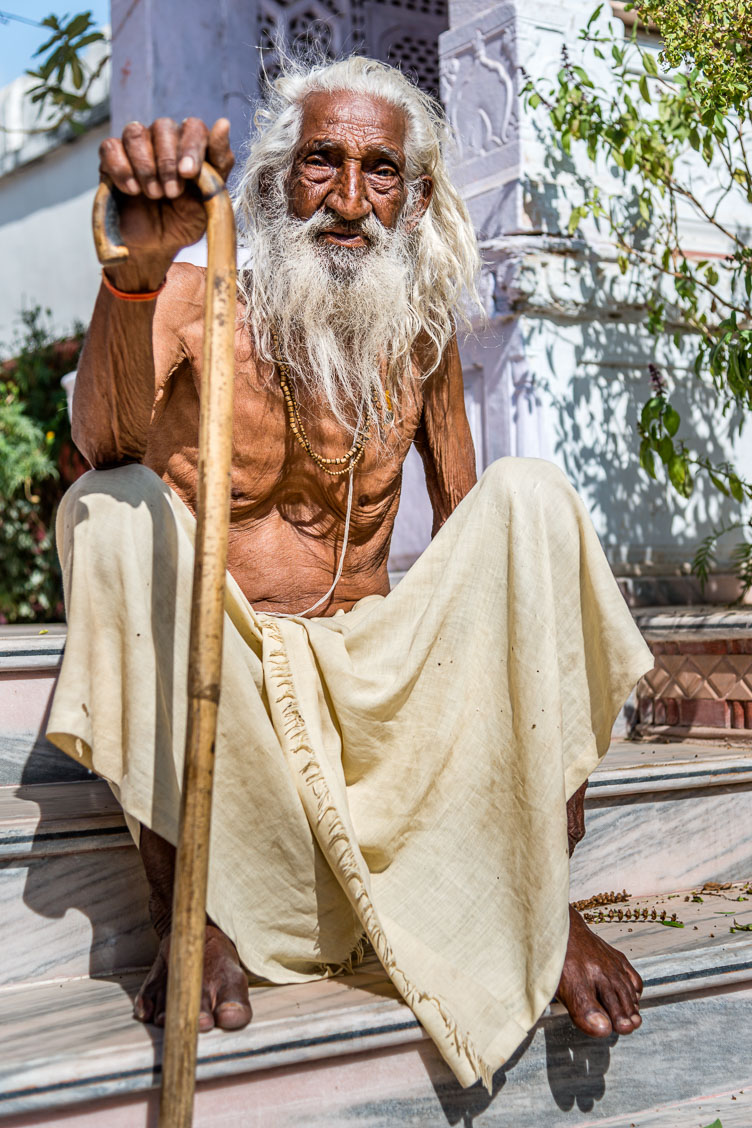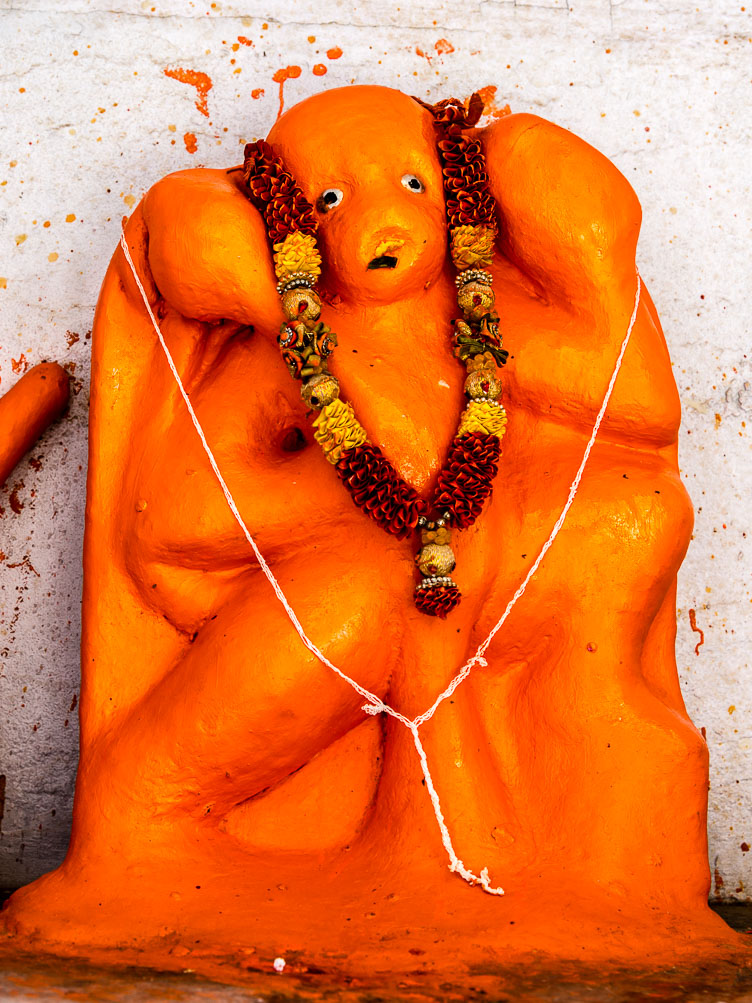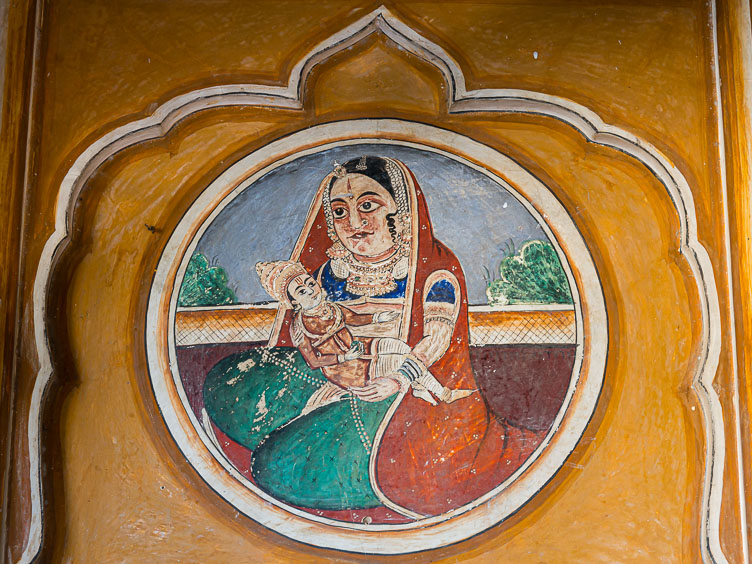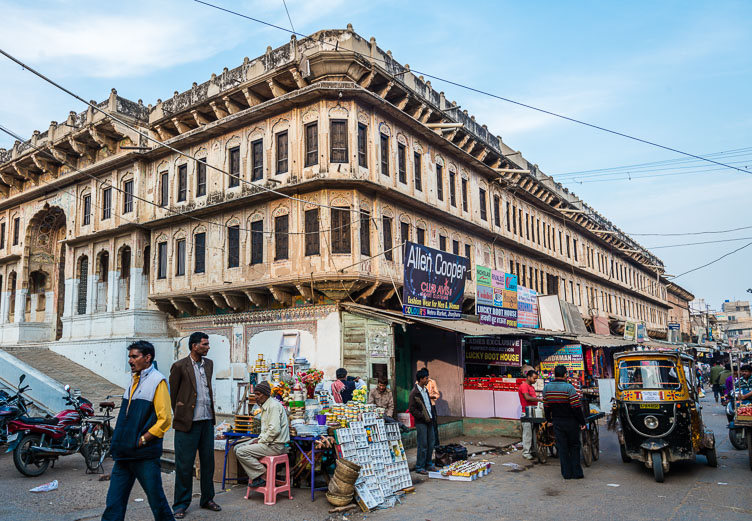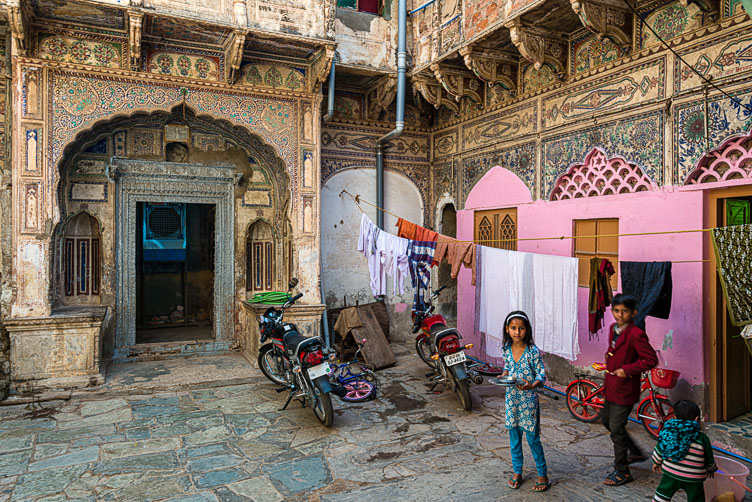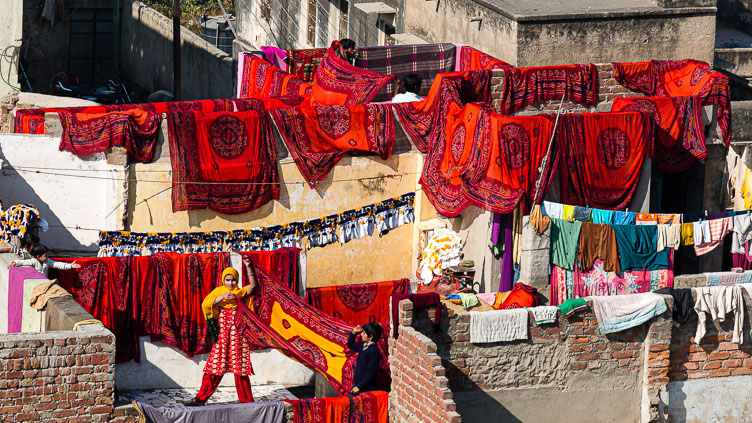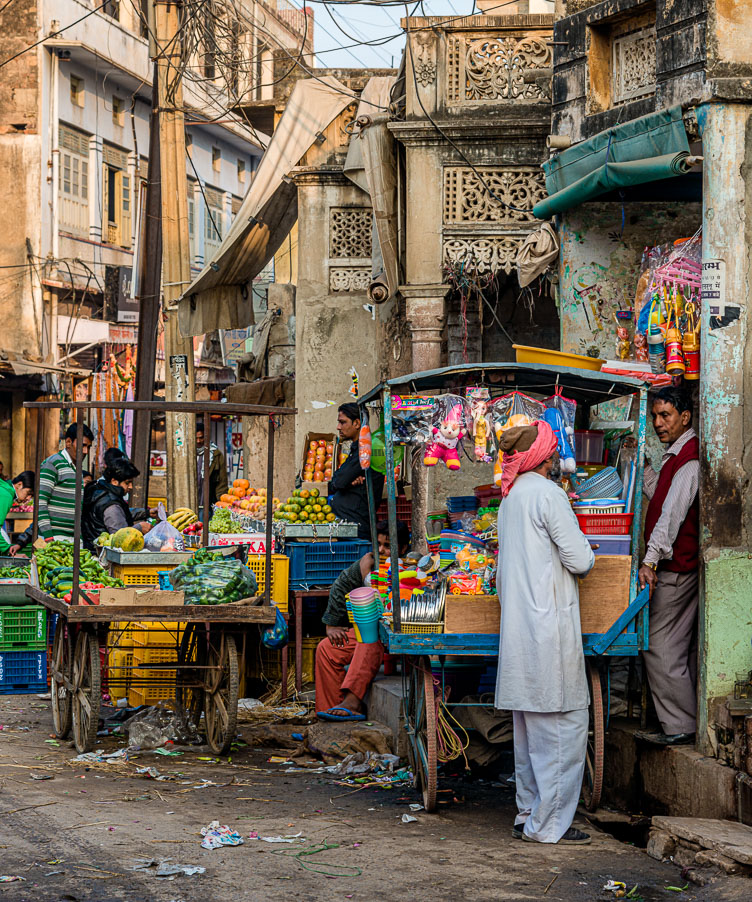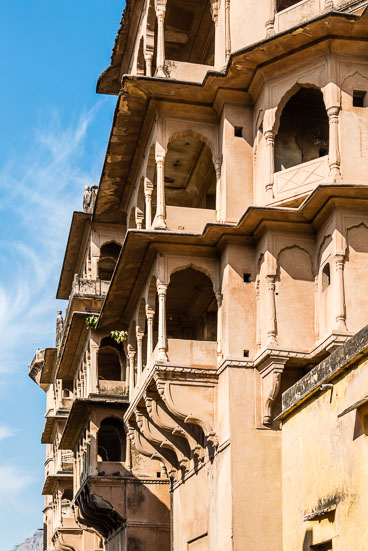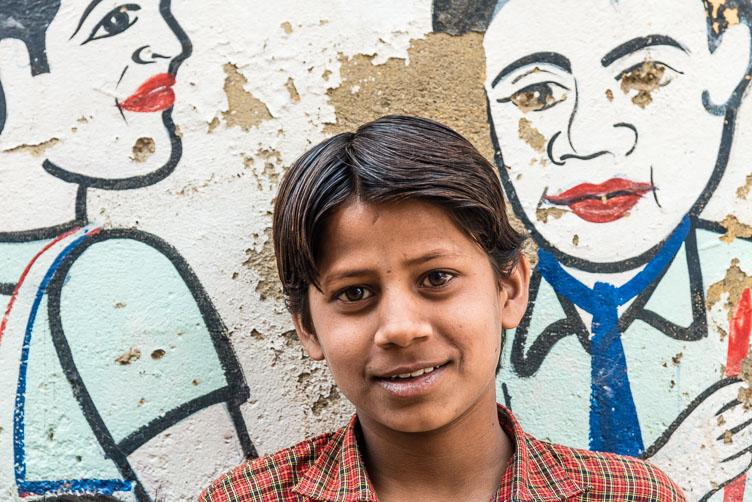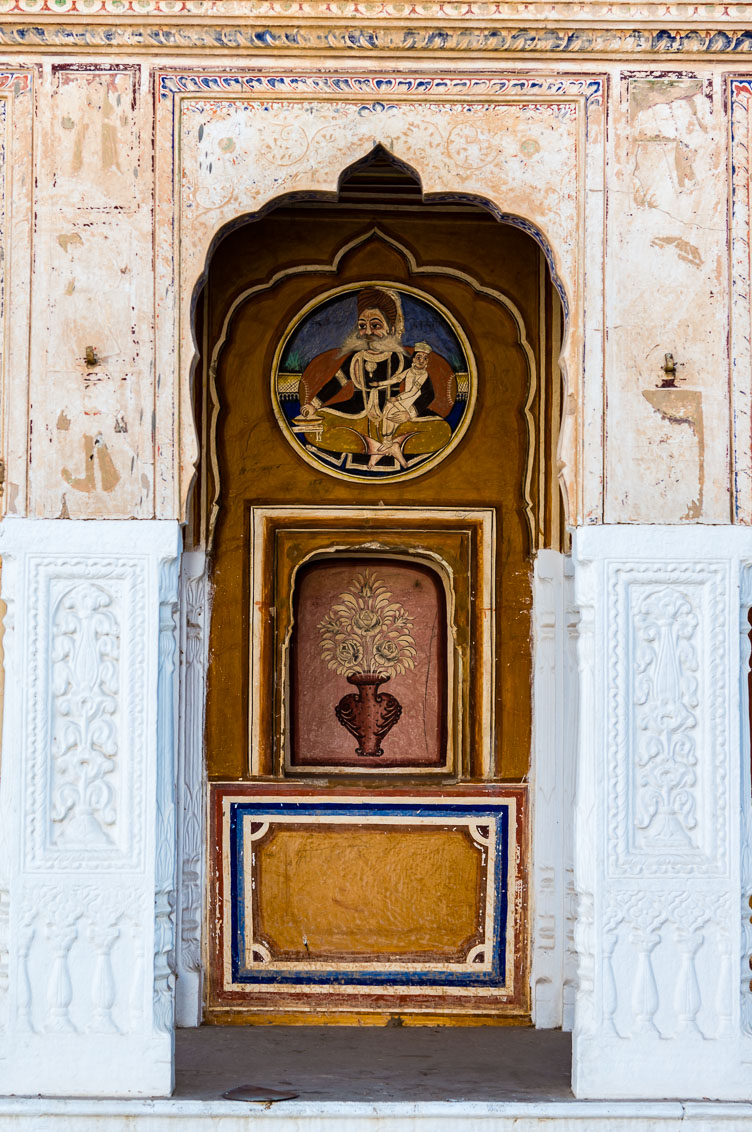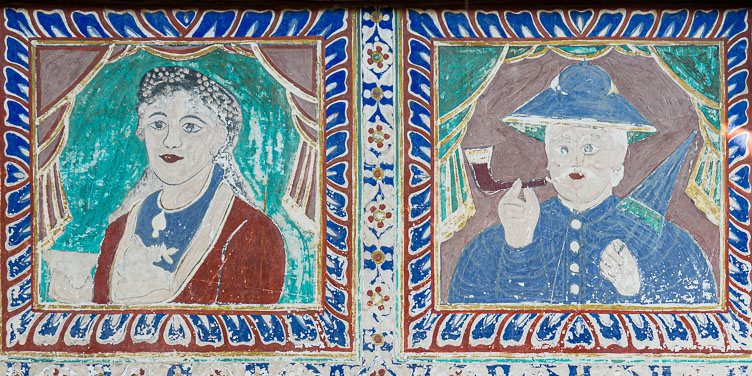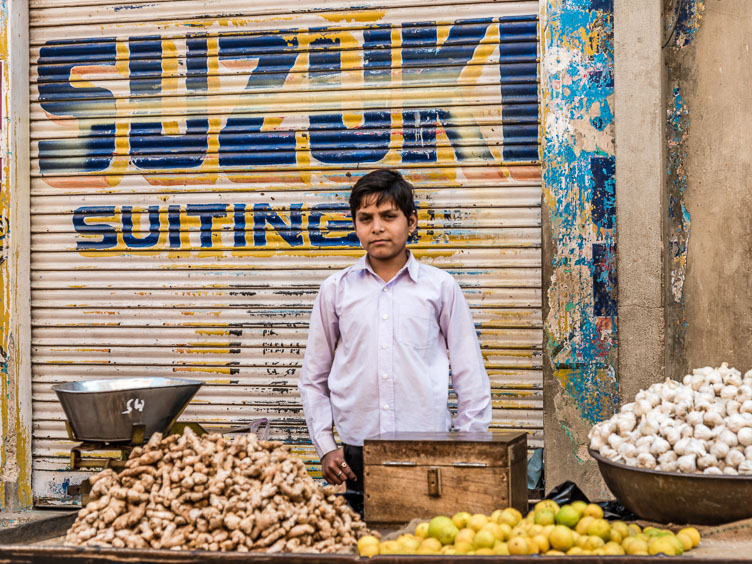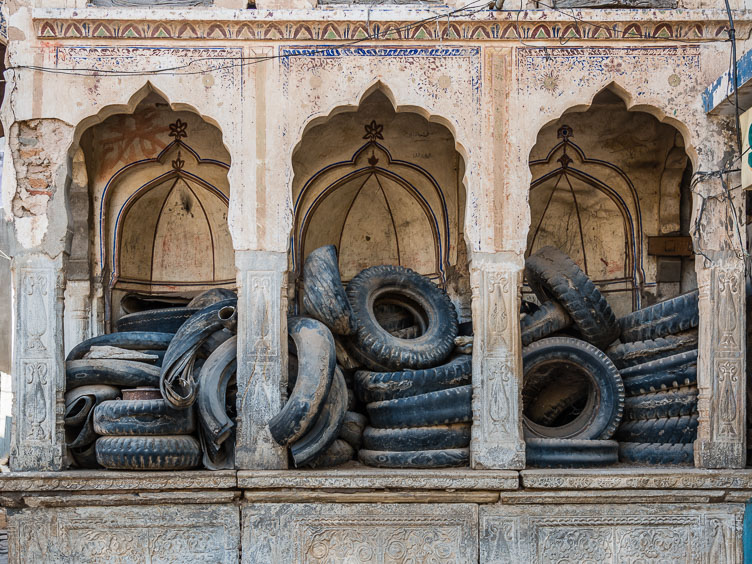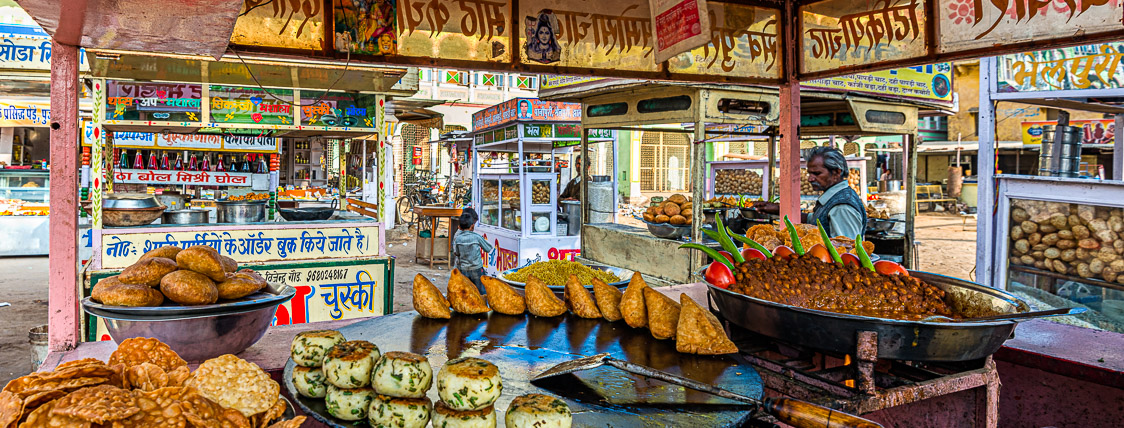
The painted houses of Shekawati
Krishna playing his flute, a turbaned Maharaja goes to war on his elephant, the battle depicted on the next wall. Elegantly stylized floral motifs and geometrical figures. The courtyards and outer walls of the huge merchant houses (Havelis) of Shekawati are decorated with murals, some faded and some, especially the ones in the courtyards, in pretty good condition.
You can date them by their subjects: the plane of the Wright brothers, the car models, Queen Victoria and steam trains. Most decorations date from between 1830 and 100 year later. Shekawati is situated between Delhi and Jaipur and, as a part of Rajasthan should have, has a history filled with heroism (even today this tiny region produces the highest number of troops to the Indian Army) and wealth.
Jhunjhunu
The district capital Jhunjhunu admittedly has fewer havelis in good condition than other places in the region, but with havelis, chatri's, forts, a few temples and mosques, busy and colorful markets and lots of street life the place is a miniature of the region. During my visit the town seemed to invite me, beautiful light followed me everywhere as I more or less randomly visited the sights. There is the Modi Haveli: Monarchs on their camel, a prince with his mother depicted in the style of Mary and Jesus and a pipe-smoking Englishman. A little further on you’ll find a small, brightly painted mosque, Kehtri Mahal, somewhat reminiscent of the Palace of Winds in Jaipur, and the 18th century Biharijs temple, with exquisite paintings. A modern Baroque highlight is the Rani Sati temple, a large active temple maintained by donations from wealthy families. But the most beautiful structure in the city is located on a hill, a mosque with the tomb of Kammarudin Shah, a Sufi saint. The courtyard contains two white tombs in refined simplicity and the location of the mosque away from the street noise is an oasis for contemplation.

